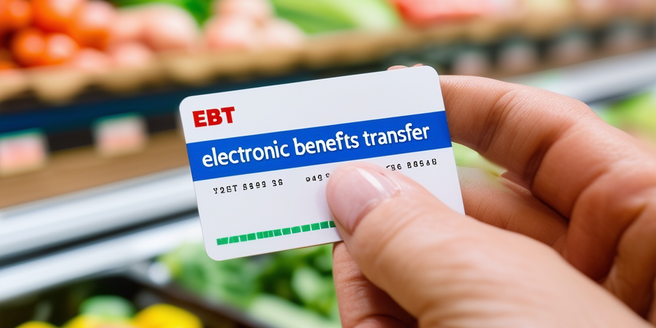Understanding the Basics of SNAP Benefits
SNAP, or the Supplemental Nutrition Assistance Program, is federally funded and supports low income individuals and families by giving them the ability to purchase eligible food items. Made accessible through a convenient Electronic Benefits Transfer (EBT) card, it has streamlined the process of buying groceries for countless families across America. This not only provides necessary sustenance for those families but also a sustained patronage for grocery stores and markets. The usage of SNAP benefits is prevalent throughout the United States, injecting a significant amount of money directly into local economies. The grocers and farmers markets where these benefits are spent reap the immediate economic benefit offering a direct financial contribution to the local community.
Role of SNAP Benefits in Economic Stimulation
In times of economic deceleration, the increase in Supplementary Nutrition Assistance Program (SNAP) benefits acts as an effective economic stimulus, creating immediate demand for food items that invigorates the food supply chain from farmer to retailer. This surge in demand results in ripple effects that not only benefit the broader economy, but also exert an immediate and considerable impact at a grassroots level, particularly in communities where agriculture and local businesses form a significant part of the economy. Therefore, an expanded SNAP allocation can palpably stimulate these local economic systems by empowering primary producers, retailers, and local communities, emphasizing the multifaceted importance of this program.
Positive Impact of SNAP on Local Businesses
SNAP benefits, primarily spent within local communities, stimulate the local economy through a principle known as the multiplier effect, resulting in every SNAP dollar nearly doubling its value in local income. Injected resources from SNAP spending provide support for local suppliers like grocery stores and farmers’ markets, sustaining their operations amidst economic uncertainties and fostering a favorable business environment. This spending pattern enables these local suppliers to create and maintain job opportunities, contributing to the community’s employment diversity and resilience to economic downturns. The spending of SNAP benefits plays a significant role in local economic development and stability, circulating income within the community, supporting local businesses and suppliers, and driving job creation. Thus, the positive impact of every SNAP dollar goes beyond immediate benefits to recipients, enhancing local community prosperity and welfare.
Correlation Between SNAP and Job Creation
The Supplemental Nutrition Assistance Program (SNAP) plays a crucial role in job creation by stimulating consumer demand and indirectly generating employment opportunities. Its effect is seen not only in the agriculture industry, where SNAP benefits increase the need for farm produce, but also in transportation, logistics and retail sectors, which see a boost in jobs due to heightened sales and customer needs. While the degree of job generation can fluctuate due to regional economies and variations in SNAP recipient situations, the positive impact of SNAP spending on nationwide employment is undeniable. In essence, SNAP bolsters the overall health and stability of the national economy by functioning as an economic safety net and a catalyst for job creation.
Future Outlook: The Long-Term Impact of SNAP on Economies
The Supplemental Nutrition Assistance Program (SNAP) is not just an immediate financial aid for impoverished families, but a significant economic stimulator in the local economies. It extends to improving overall economic welfare, serving as a robust financial pillar for businesses and public services, and creating a booming ripple effect across the economy it supports. From small businesses to service stations nationwide, SNAP lends a hand in their day-to-day operations, ensuring their functionality and profitability, thereby maintaining local economic vibrancy. Crucially, it creates economic resilience, providing a buffer against transient financial downturns and income imbalance. It also promotes sustainable economic growth, transforming short-term relief into long-term investment, beyond just a temporary fix. Hence, SNAP stands as an effective, long-lasting economic booster, helping far beyond just surface-level monetary support.



